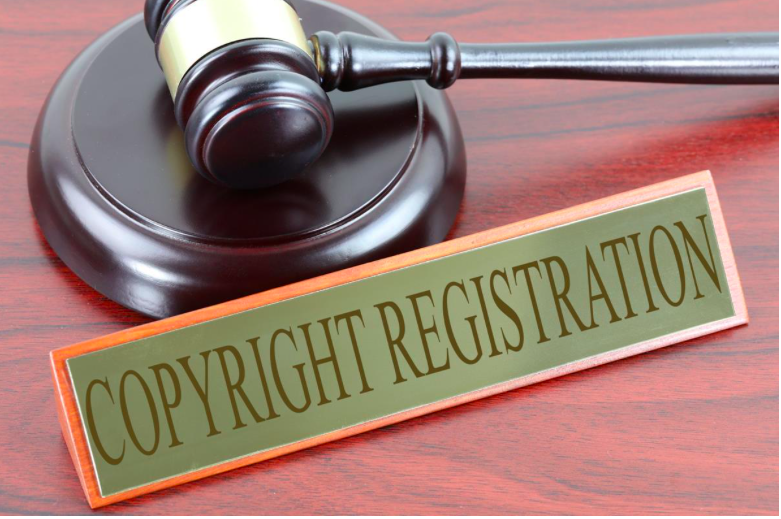- +91-8898979393
- +91-8652519622
- process@vslegalindia.com
- B 005/006 Surya Kiran Building, Awadhut Nagar, Near Anand Juice Center, Dahisar East, Mumbai, Maharashtra, 400068
Copyright is a type of intellectual property that gives its owner the exclusive rights including both economic and moral rights to make copies of a creative work, usually for a limited time, which generally lasts for the life of the author plus an additional 60 years. Copyright subsist only in an original work under section 13 of the Copyright Act, 1957. The creative work may be in a literary, artistic, dramatic, cinematographic, or musical form. Copyright is intended to protect the original expression of an idea in the form of a creative work and it is not mandatory in the Act but it is strongly recommended.
According to law, creators of literary, dramatic, music and artistic work and producers of cinematographic and sound recordings are entitled to legal rights. After registration of copyright, it gives the proprietor an exclusive right to replicate, reproduce and distribute the work and to authorize the same to some other entity. Furthermore, it grants permission and perks to communicate to the people, translate & adapt work.
The answer to what all things a person can copyright is discussed below,


The term “literary” refers to written or printed matter which can be claimed irrespective of its literary merit, style or quality. It includes the original or unique creation of literature which may be in any form such as the work of fiction, script, thesis, biography, technical books and paper, tables, compilation and computer programmes including computer databases. Literary works includes but are not limited to textbooks, poem, magazine, catalogue, letters, novel, dissertation, lyrics of song etc. Examples of literary work Books and magazine Software coding Web site contents Computer programmes Process of making (like food, ayurvedic treatment like Acupuncture therapies, process of making all types of medicine, syrupsetc. Novel, Textbook, poem, magazine, catalogue, letters, dissertation, lyrics of song etc. Concept note, tables, commentaries, panchang (almanac) and questionnaire and question papers, activity books.

Any work which is an original creation of an author or an owner fixed in a tangible form, is capable of being entered into the Register of Copyrights. Copyright shall subsist in any original artistic work comprising of paintings, sculptures, graphics, cartoons, etchings, lithographs, drawings, plans, maps, diagrams, charts, buildings, models of buildings, moulds and casts for sculptures. Registration of Artistic work follows two phases. Phase-I, Obtain NOC from the Trademark Registry and Phase-II, apply to copyright office with NOC obtained from the TMR.

A musical work is the composition itself and does not include the lyrics or any sounds. It receives the full set of rights under copyright law, just like the literary, dramatic or artistic work. “musical work” means a work consisting of music and includes any graphical notation of such work but does not include any words or any action intended to be sung, spoken or performed with music. Sound recording are though dependent of musical work but in order to protect musical work a separate application must be filled with the musical work. According to the section 2(d)(ii) the author in relation to the musical work is a “Composer”. Permission has to be taken from the composer of musical work by the author of sound work.

Sound recordings consists of a recorded speech or an audio, singer’s voice with or without music, or podcast, these are few examples of sound recording. It includes any work regardless of its storage or medium.

“Cinematograph film” means any work of visual recording and includes a sound recording accompanying such visual recording. “Visual recording” means the recording in any medium, by any method including storing of it by any electronic means of moving images or of the representations thereof, from which they can be perceived, reproduced or communicated by any method. Simply put every recorded work with moving images will be considered as cinematograph.

Dramatic work is a kind of literary work. It includes any arrangement of play or recitation, a picturesque arrangement or work of acting based on a fixed writing work and it does not include any



Re-engineer the wisdom to create wealth. Innovation & quality is our hallmark and service to client, is our broader goal.
B 005 Surya Kiran building, Awadhut nagar near anand juice center Dahisar east Mumbai 400068, maharshtra
+91 8898979393
process@vslegalindia.com